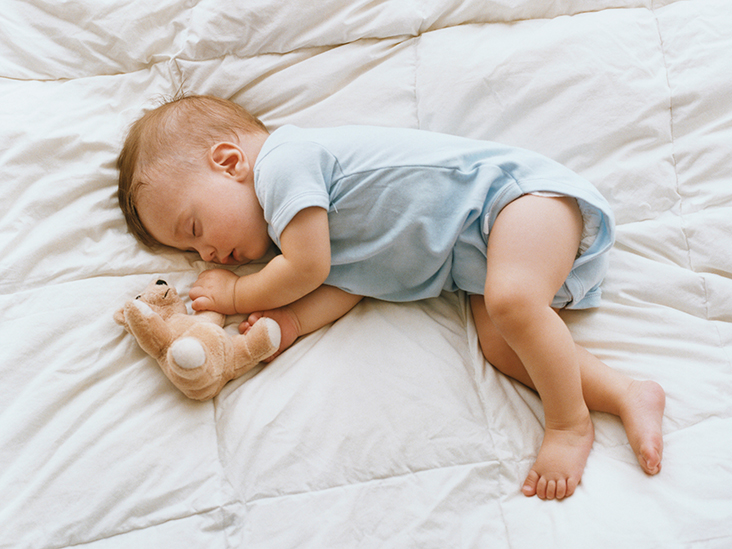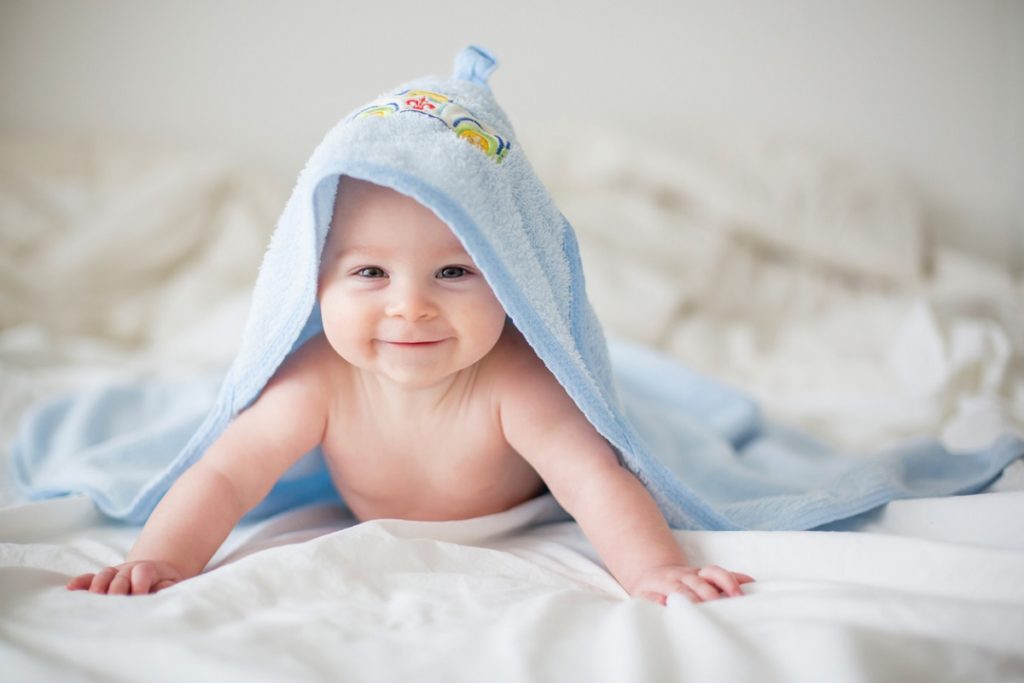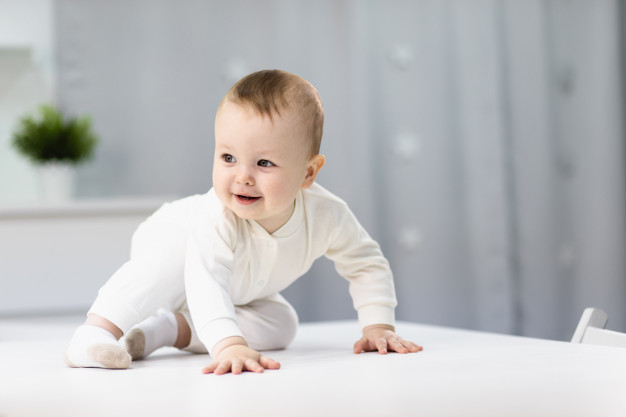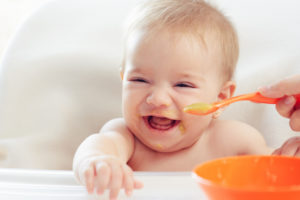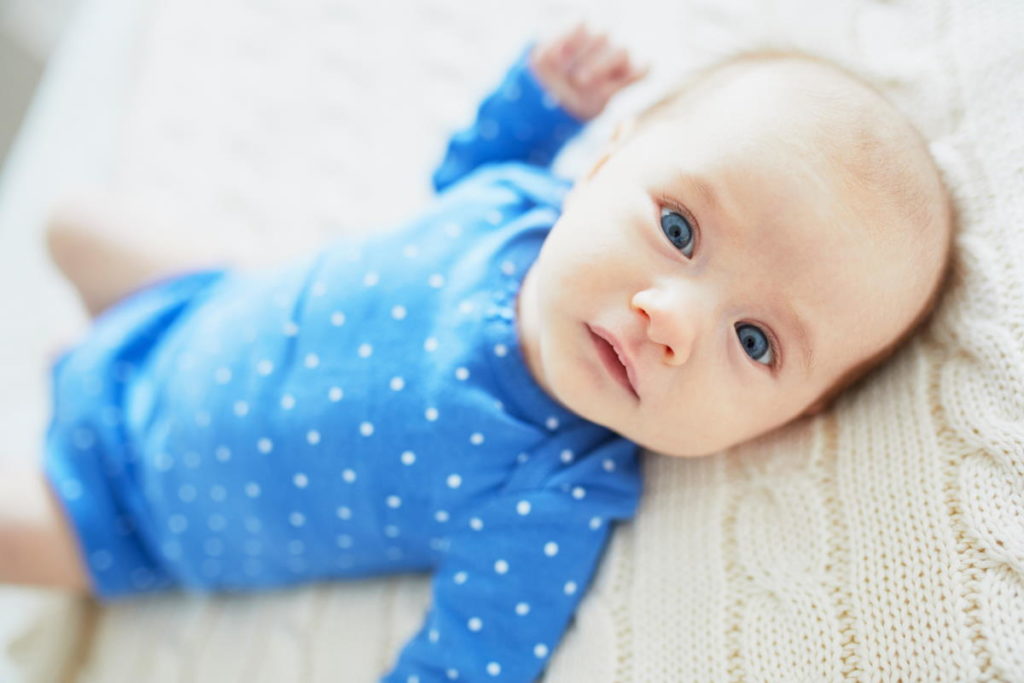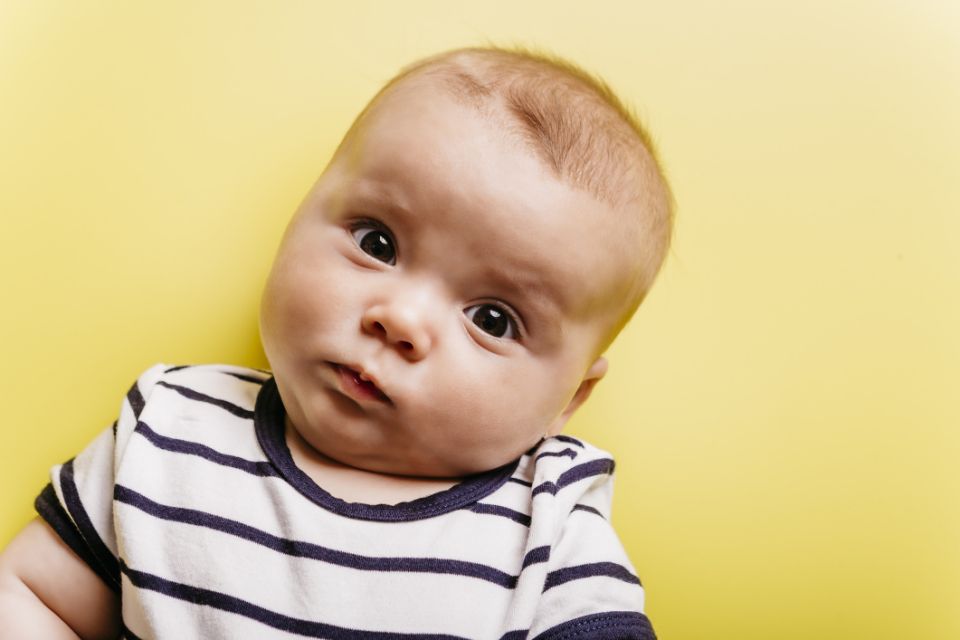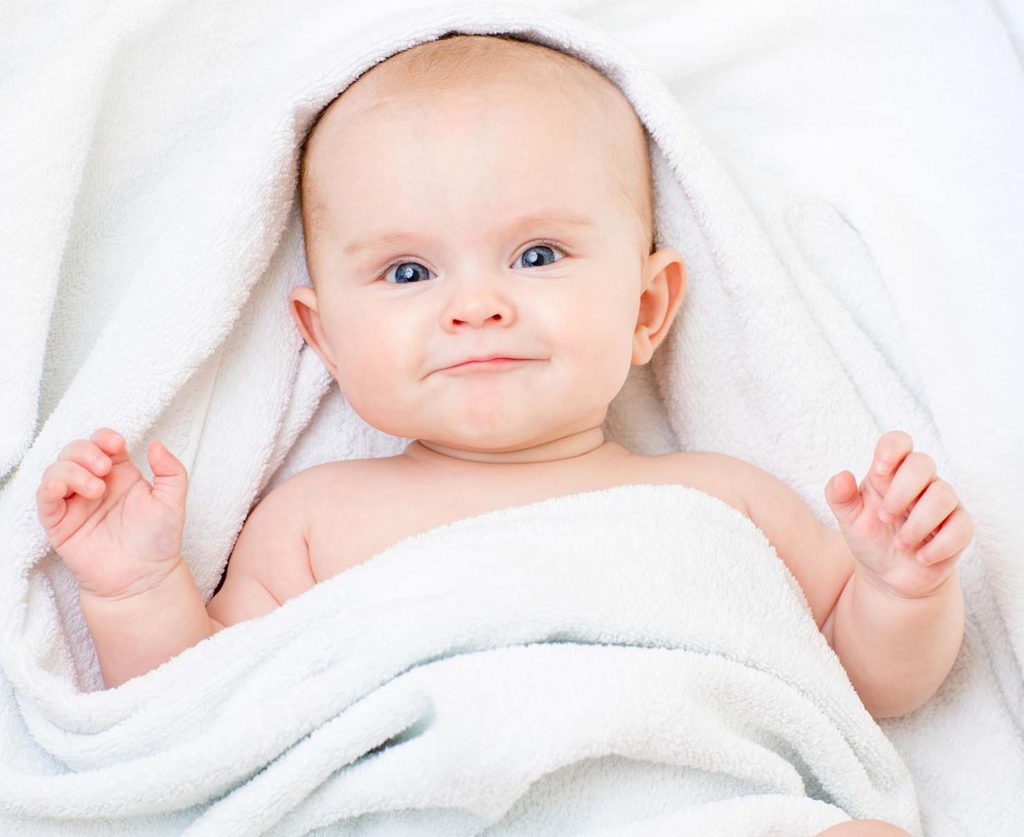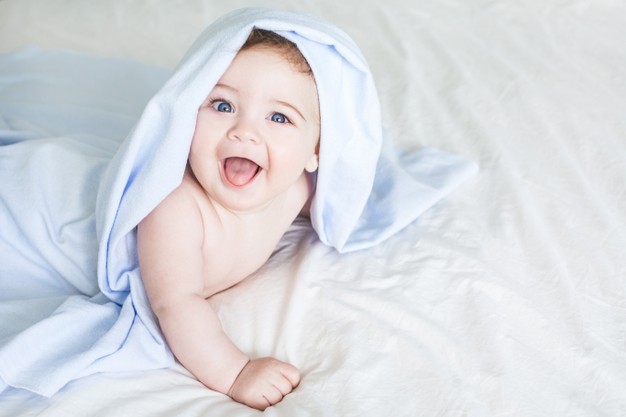Having a healthy and well-balanced diet is important for the normal growth and development of babies. The lack of even a single essential component in their diet can have long-term effects on their health. Ideally, a baby’s diet should be closely monitored as soon as they start having solid foods to ensure their good development. One of the most essential components of the baby’s diet is Iron. In this article, we will give you all the information about iron-rich foods for babies.
Importance of iron-rich foods for babies:
Iron is a mineral that plays a very important role in the healthy growth of babies. It makes a protein in the blood known as ‘hemoglobin’. Hemoglobin provides oxygen to the body. If there is a lack of iron, less hemoglobin will be produced, subsequently, less oxygen will be provided to the body organs. This condition is called ‘anemia’, and to avoid this condition iron-rich foods are essential for babies.
Symptoms of Anemia in babies:
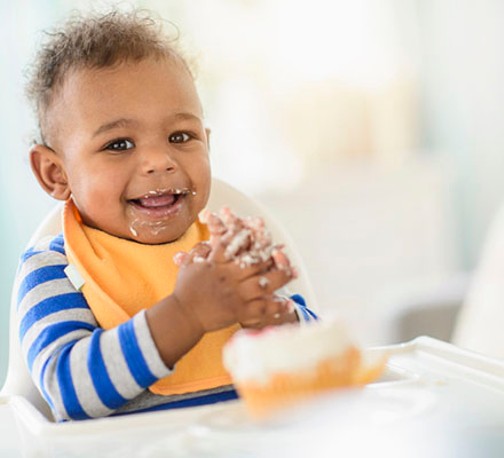
Iron deficiency in babies affects their brains to develop normally and makes their growth process slow. The symptoms of anemia in babies are:
- Physically less active
- Slow or no weight gain
- Pale skin color
- Fussiness
- Less appetite
Amount of iron required daily:
Until the age of 6 months, babies get iron from either breastmilk or formula milk. The problem of iron deficiency arises when babies start having solid foods. They need to get the required amount of iron through their food.
The daily requirement of iron for babies from the age of 7 to 12 months is 11 mg. They must get the required amount to maintain their growth and overall health.
Best iron-rich foods for babies:
As described earlier, iron is an important nutrient which needs to be added to a baby’s diet. They can only get iron through their food which is why their food needs to be iron-rich. Here are some iron-rich foods for babies to meet their iron needs:
- Meats: Chicken, beef, lamb, veal, and turkey (especially their liver).
- Fish
- Eggs
- Grains: Wheat, barley, whole grains bread, etc.
- Iron-fortified cereals
- Vegetables: Green peas, broccoli, spinach, and Brussel sprouts.
- Legumes: Lentils, Beans, chickpeas, and dried peas.
Bonus tip:
To boost the absorption of iron, iron-rich foods should be combined with good sources of vitamin C such as oranges, tomatoes, etc. For example, you give few slices of orange with grilled chicken to your baby.
Are Iron supplements good for babies?
It is fine to give iron supplements to babies. There are many iron-rich foods for babies that fulfill their required amount of iron. But if the baby is not eating enough iron-rich food then he needs to have iron supplements.
Talk to your baby’s pediatrician first, he will do some blood work of the baby to see if there is an iron deficiency in the baby. If your baby is anemic then the doctor might prescribe iron supplements.
Key takeaways:
Iron is essential for the growth of the babies hence parents should try to arrange iron-rich foods for babies during their mealtimes. We have provided a list of those amazing iron-rich foods for babies, you can try and see the difference yourself.
